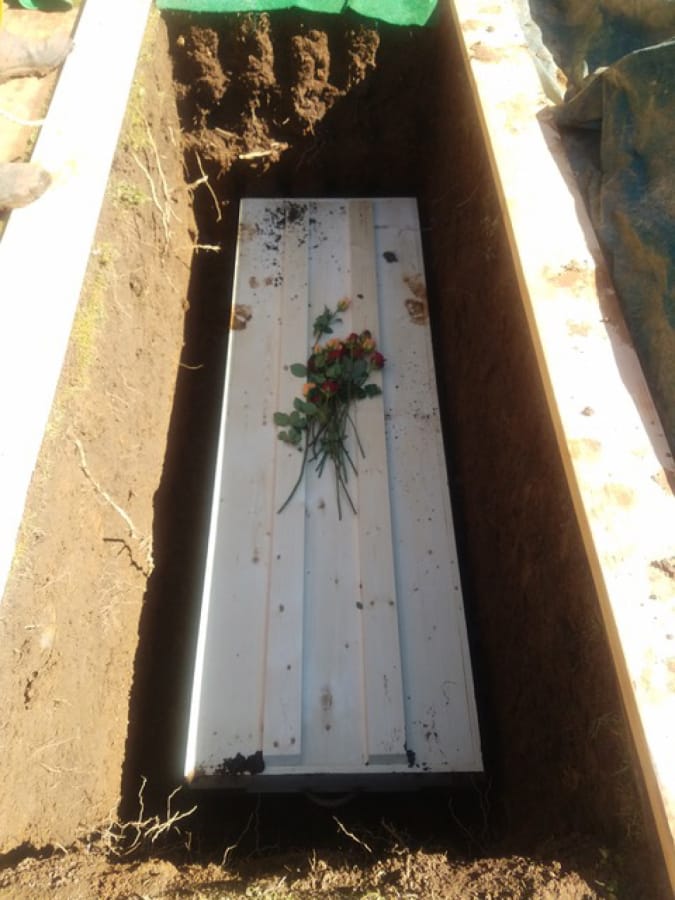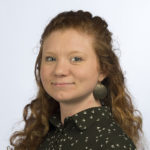Nick Brown, funeral director of All County Cremation & Burial, 605 Barnes St., Vancouver, has noticed an uptick in inquiries about green burials over the last 10 years, and he doesn’t shy away from offering them, he said. Another local funeral director would not comment on green burials.
“If he shied away from it, he’s probably looking at it from the standpoint that you don’t get a sale from an outer burial container, and with revenues declining because of cremation rate rising, it’s just one more thing you’re not getting revenue on,” Brown said. “I personally like it, because if you think about it, it’s the way burials have been done for the majority of U.S. history. It’s only been the last 50 to 100 years that we went to these outer burial containers and started requiring them.”
Fournier’s book notes that up until 150 years ago, in fact, “most burials were inherently green,” that when someone died, they were bathed, prepared and placed in a “humble wooden box.” This practice changed dramatically during the Civil War, when bodies had to be transported over long distances in large quantities. Embalming became popularized to preserve the bodies, and funeral homes realized they could make money off the practice.
Attitudes are changing, though. Will Zalpys, the cemetery district commissioner who works as a groundskeeper at Park Hill Cemetery, 5915 Mill Plain Blvd. in Vancouver, like Brown has taken notice of a rise in people opting for natural burial. He introduced the practice at Fern Prairie Cemetery in Camas in 2008 after inquiring about doing it at Park Hill, but that cemetery requires coffins to be encased with concrete outer liners. Fern Prairie doesn’t have those requirements. According to Fournier’s funeral home website, there are only five in Washington that offer it, and 13 in Oregon, with three in Portland.





